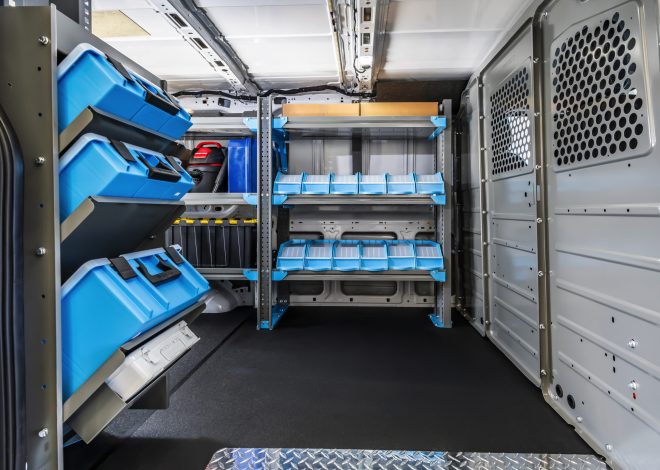
Rust Never Rests: How Climate Destroys Your Car’s Floor Pan
Weather is one of the biggest enemies of your vehicle. This is especially true for parts you cannot see. The floor pan lies hidden but plays a major role. It supports your seats and protects the underside. But weather slowly eats it away.
Moisture Builds Up Over Time
Rain and snow do more damage than you think. They bring water and dirt into the cabin. Wet shoes and soaked mats trap that moisture. Over time this builds up beneath the carpet. The metal floor pan holds the weight of the seats. But water begins to wear it down. Rust starts as small patches and grows slowly. Warm days followed by cold nights make it worse. This constant change weakens the metal over time. Auto Repair in Clearfield, PA becomes necessary when corrosion reaches a dangerous level.
Salt on the Roads Increases Damage
Many places use road salt in winter. Salt helps melt ice but harms the vehicle. Salt mixes with moisture on the underside of the car. This creates the perfect mix for corrosion. The floor pan becomes soft and flaky. It loses strength and starts to bend or crack. Sometimes rust works from inside and spreads outside. Other times it begins underneath and moves inward. Long exposure to salt makes holes in the floor pan. That weakens the vehicle’s frame and safety. Repairs become expensive if caught too late.
Climate Speeds Up Rusting Process
Hot and humid climates are risky for cars. So are areas with heavy rainfall. Moist air lingers in tight corners of the car. The floor pan gets less airflow and stays damp. Dry areas are safer but still not free from risk. Dust and mud trap moisture underneath. Without regular cleaning rust sets in. Coastal areas are even more dangerous. The salty air eats away at the underbody daily. Even without driving the car still suffers damage. The floor pan slowly breaks down over time.
Neglect Leads To Faster Damage
Many drivers ignore what they cannot see. They wash the car’s surface but forget the floor. Dirty carpets and old mats hide problems. Small leaks go unnoticed until rust spreads. Wet insulation stays soaked for days. Some people miss the signs like soft spots or holes. Noise from the floor may be the first clue. Rust grows slowly but never stops.
Conclusion
Climate plays a silent but strong role in floor pan damage. Most of the process happens out of sight. The weather does not take breaks and neither does rust. Every season brings some level of risk. Even a dry day can cause long-term damage. Floor pan rust affects safety and comfort. It creates noise and weakens the vehicle body. Regular care and inspections are the best defence. Drivers should not wait for rust to show. Taking action early protects the structure for longer years.




